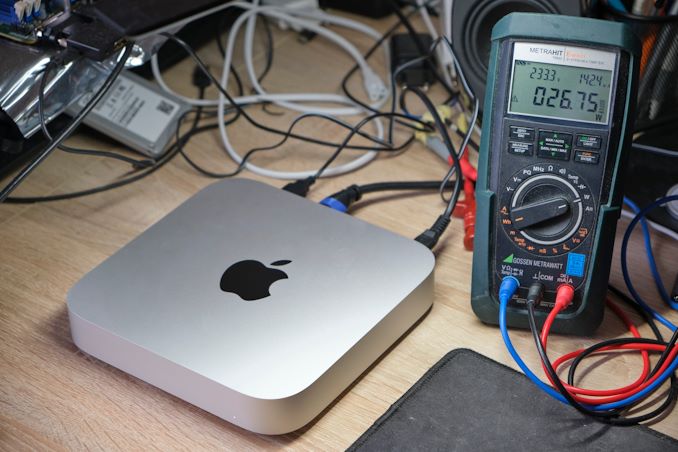Originally posted by coder
View Post
I think that's part of what we will see with Nvidia's Grace SoC. Each Grace core could have an NVLink from SiP RAM to each of Grace's CPU's ancillary cores (DSP, NPU, DPU, etc,) straight to any and all Nvidia's integrated or discreet and external GPUs.
In this respect, we are approaching a time where HP's "The Machine" concept will be the prevailing design paradigm.





Comment